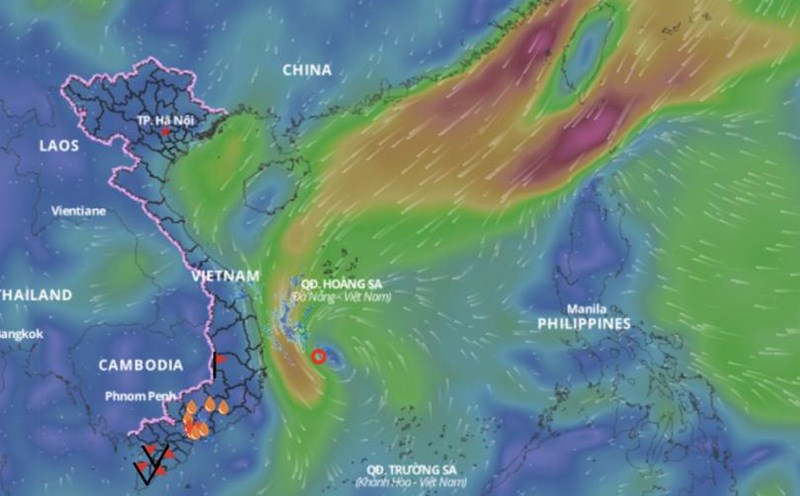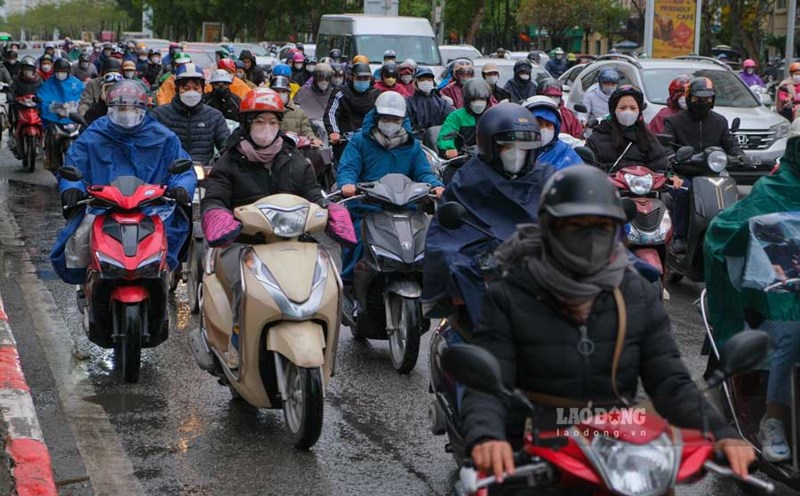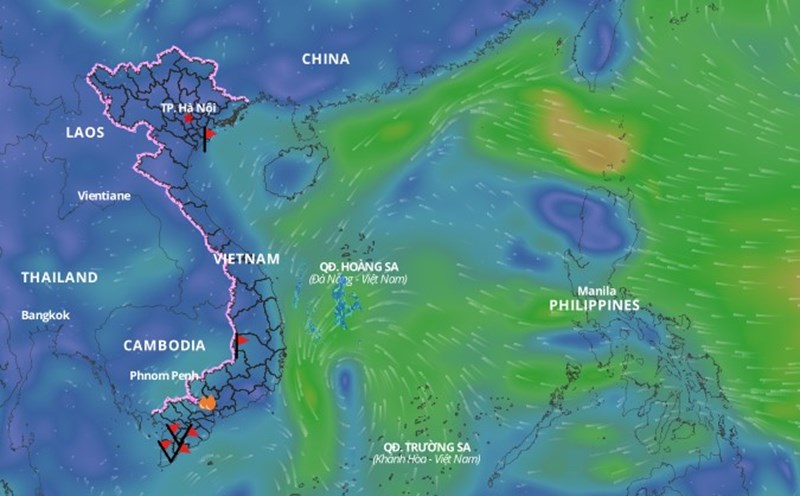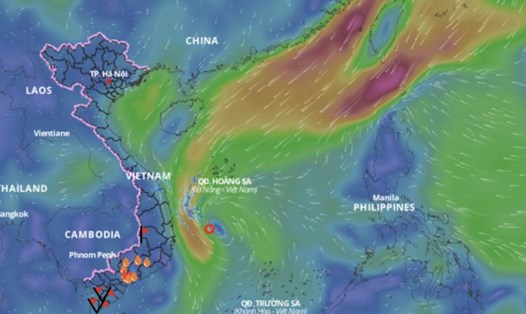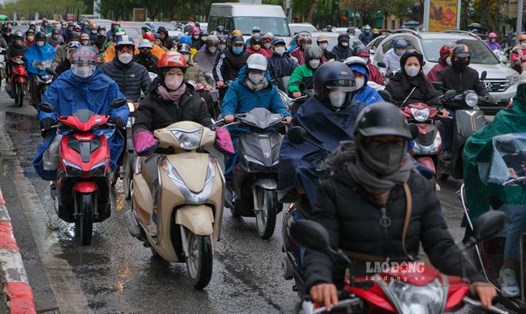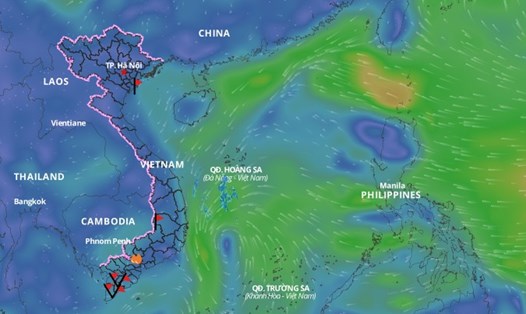According to the National Center for Hydro-Meteorological Forecasting, this morning, February 13, cold air affected some places in the mountainous areas of the Northeast.
On February 13, this cold air mass will continue to affect other areas in the Northeast, then affect the North Central region and some places in the Northwest. The inland wind will change to the northeast at level 2-3, and coastal areas at level 3.
The weather in the North and North Central regions continues to be cold, with some mountainous areas in the North experiencing severe cold.
Day and night of February 13, the North has the lowest temperature of about 14 - 16 degrees Celsius, mountainous areas 11 - 13 degrees Celsius, some places below 10 degrees Celsius. Average temperature is about 16 - 18 degrees Celsius; mountainous areas 14 - 16 degrees Celsius, some places below 13 degrees Celsius.
The North Central region has the lowest temperature of about 15 - 18 degrees Celsius; the average temperature is about 17 - 19 degrees Celsius.
Due to the influence of cold air strengthening combined with strong currents in the upper westerly wind zone, the North Central region has scattered rain and light rain.
Day and night of February 14, the temperature in the North and Central regions increased slightly.
The lowest temperature in the North is commonly 15 - 17 degrees Celsius, in mountainous areas 13 - 15 degrees Celsius, in some places below 11 degrees Celsius. The average temperature is about 17 - 19 degrees Celsius; in mountainous areas 15 - 17 degrees Celsius, in some places below 13 degrees Celsius.
The North Central region has the lowest temperature of about 16 - 19 degrees Celsius; average temperature of 18 - 20 degrees Celsius.
Hanoi area is cold. The lowest temperature in this cold air mass is commonly 15 - 17 degrees Celsius.
The meteorological agency warns that cold weather, severe cold in some places, can affect livestock and poultry; and greatly affect the growth and development of crops.

